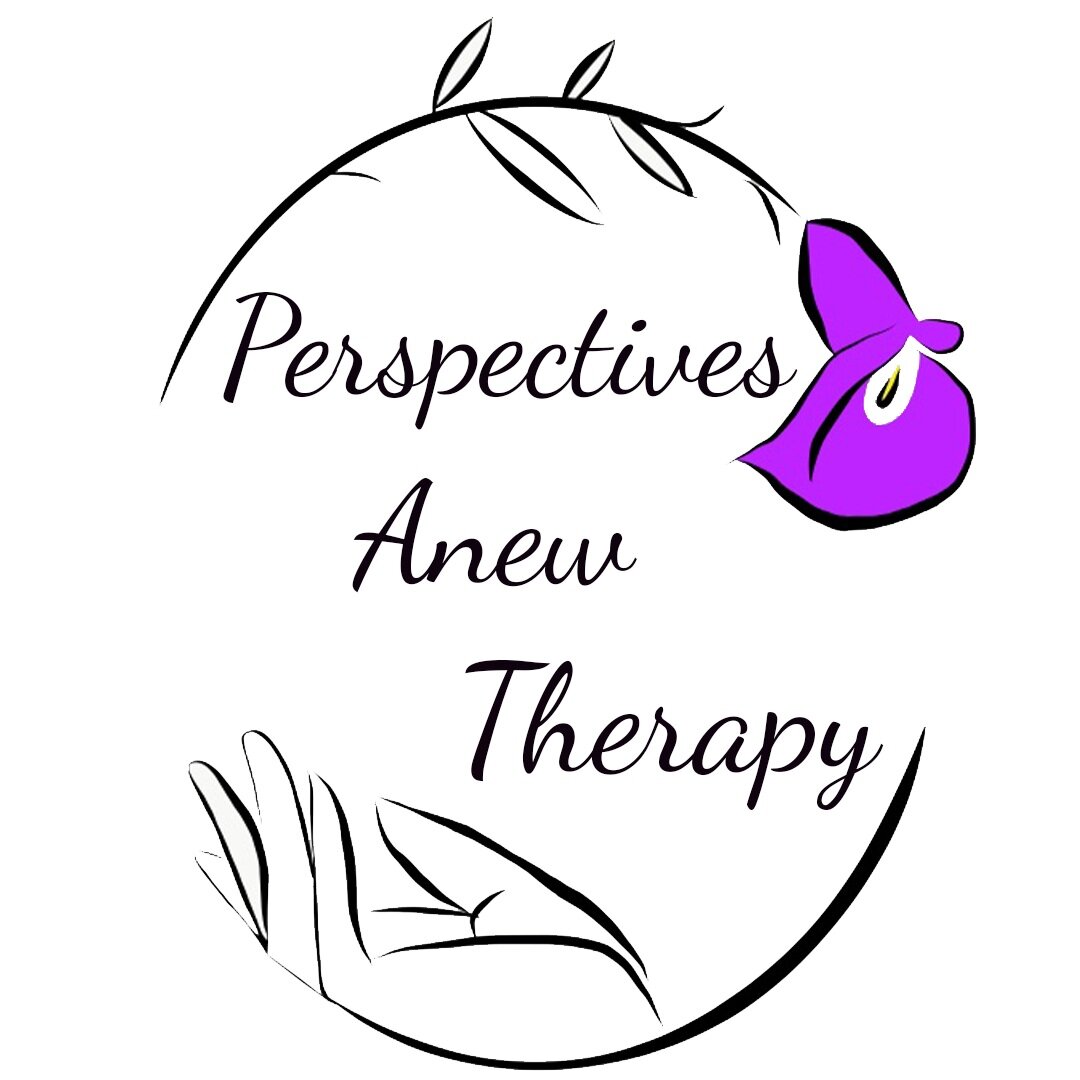Polyvagal Therapy
Polyvagal therapy is a form of therapy used to help clients have a deeper understanding and management over their body’s response to stress and trauma. Polyvagal therapy, PVT, has its name due to the focus on our vagus nerve which plays a role in regulating our emotions, behaviors, and stress response. By teaching clients self-regulation techniques and creating new neural pathways, clients develop a sense of safety and resiliency. There is a long list of conditions PVT can help treat with just a few being trauma, PTSD, anxiety, depression, chronic stress, panic disorders, sleep disorders, attention and focus issues, and digestive issues.
There are three neural pathways that PVT is centered around and they are the ventral vagal complex, sympathetic nervous system, and dorsal vagal complex. The ventral vagal complex is in control when we feel safe and social, feel a sense of calm, and are able to connect with others. PVT’s aim is to increase activation of the ventral vagal complex so client’s can better handle social situations, build relationships, and feel safe. Characteristics associated with the ventral vagal complex include empathy, playfulness, creativity, and improved immune function.
The sympathetic nervous system is what activates the fight or flight response during moments of actual or perceived danger. This nervous system mobilizes the body and through PVT the aim is for this nervous system to become regulated in response to unnecessary activation of fight or flight. The sympathetic nervous system is responsible for hyper-vigilance, increased pulse rate, muscle tension, sweating, slowing digestion, and dilated pupils. The last neural pathway, dorsal vagal complex, is when a person freezes or shuts down because they are overwhelmed by a situation. If someone begins to feel overwhelmed, the dorsal vagal complex triggers a disengagement response. The goal of PVT with the dorsal vagal complex is to help clients have a sense of safety and build resiliency. The dorsal vagal is related to social withdrawal, feeling unable to move, emotional numbness, and decreased pain sensation.
When doing PVT with a therapist, clients will be taught the PVT ladder, exercises such as mindful awareness, and how to regulate the three neural pathways of the autonomic nervous system that were discussed above. Through this, clients become aware of their bodily sensations and emotional distress so they are able to regulate both during times of stress.
Source: Choosing Therapy
